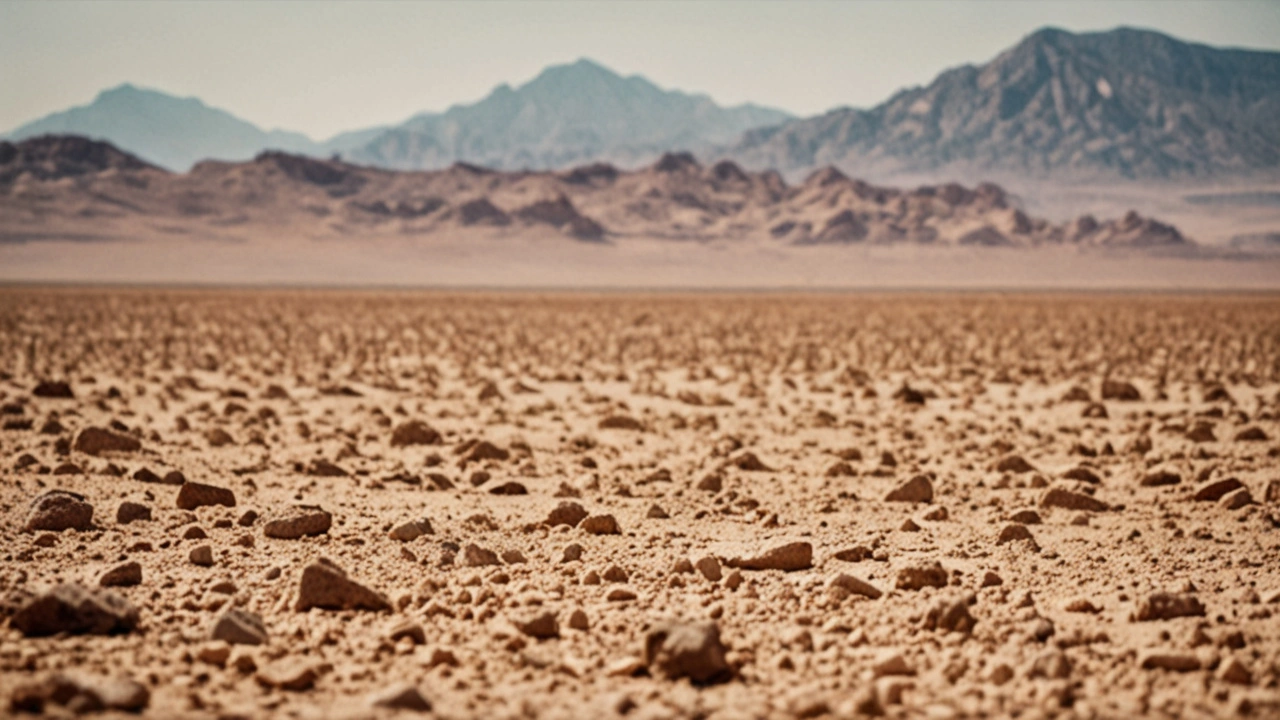Heat-Related Deaths: What You Need to Know
Heat-related deaths are an unfortunate and preventable reality, especially as global temperatures keep climbing. When the body can’t cool itself down properly during extreme heat, it can lead to serious, even fatal, conditions such as heatstroke. But who’s most vulnerable, and why does this happen? And importantly, what can you do to protect yourself and loved ones?
Who’s Most at Risk?
Older adults, young children, people with chronic illnesses, and those who work outside or live without proper cooling face the greatest risks. For instance, seniors may have a harder time sensing thirst or sweating enough to cool down. On the other hand, kids are more sensitive to rises in body temperature because their bodies heat up faster.
It’s not just health factors. Social and economic conditions play a big role. People without air conditioning or access to cool water, and those in urban areas with lots of concrete and little shade (known as urban heat islands), suffer more during intense heat waves.
How Does Heat Kill?
Heat puts stress on your body. Prolonged exposure to high temperatures can cause dehydration, heat exhaustion, or the more severe heatstroke. Heatstroke happens when your body temperature rises above 104°F (40°C), leading to confusion, loss of consciousness, or damage to vital organs if not treated quickly.
Signs to watch for include heavy sweating, weakness, rapid pulse, dizziness, nausea, and headaches. If you or someone around you shows these symptoms during a hot day, it’s a signal to cool down immediately and seek help.
So what’s the best way to avoid joining the numbers in heat-related death statistics? Simple: stay hydrated, stay indoors during peak heat hours, and wear light clothing. Checking on neighbors, especially the elderly and disabled, can save lives. Cooling centers or public places with air-conditioning become critical safe spots when home conditions aren’t ideal.
And don’t forget, heat risks aren’t just for summer. Sudden heatwaves in off-seasons can catch people off guard, so staying aware of weather alerts is key.

US Endures Unprecedented Heat Wave, Shattering Records and Claiming Lives
A relentless heat wave gripping the United States has broken temperature records and led to numerous fatalities. The West, including Death Valley, experienced exceptionally high temperatures, with tragic consequences. Northern California, Phoenix, Las Vegas, and higher elevations like Lake Tahoe have also faced unprecedented heat levels. Predictions suggest temperatures could reach 130 degrees in Furnace Creek.
